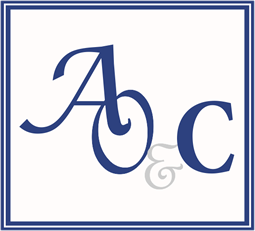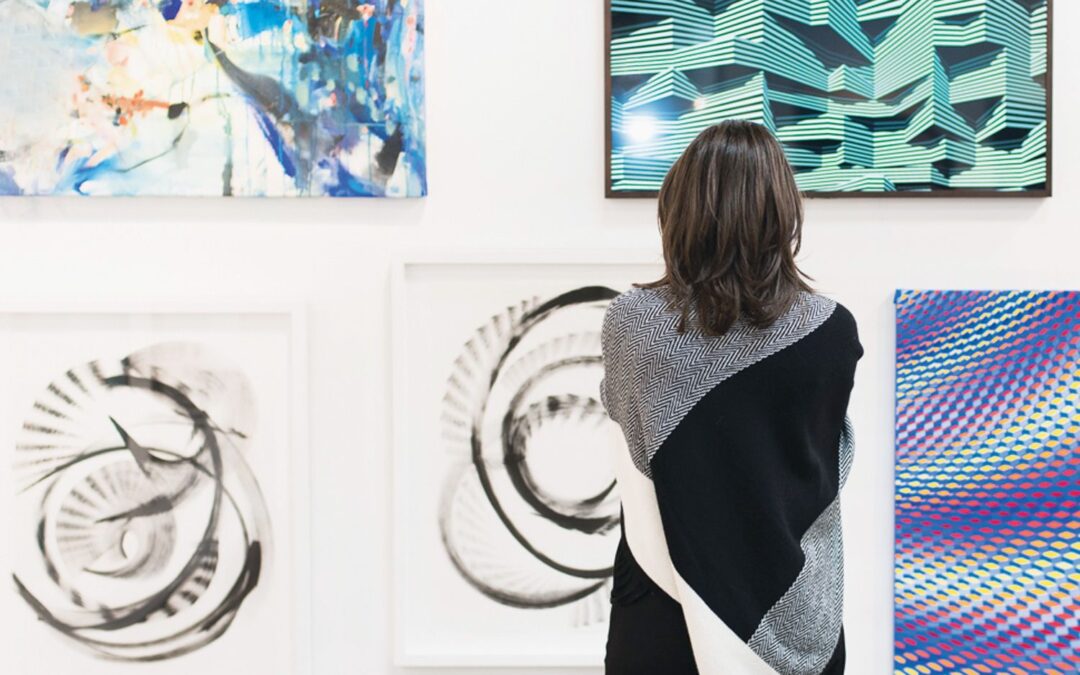There are various reasons why people buy art, it could be for investment, for some because they are collectors, while for others because they are art enthusiasts and sometimes even for emotional reasons, for instance when the buyer is drawn to what is depicted by the artist on canvass. Some of the most expensive paintings ever sold include Leonardo da Vinci’s Salvator Mundi, which sold for $450.3 million at Christie’s on November 15, 2017, and Pablo Picasso, Les Femmes d’Alger (“Version O”), which sold for $179.4 million also at Christie’s on May 11, 2015
With the price for some paintings running into millions of naira or even dollars, one can deduce that buying art is serious business and with such investments going into paintings, it is important for patrons and those who seek to acquire art to note the following 3 legal points;
- Due Diligence
When buying art, due diligence should be the watch word of every patron, for instance, due diligence helps to ensure that you are buying from the right person and that the painting is authentic. This would include tracing the provenance as far back as one can. Due diligence will also ensure that the documentation for the paintings are not falsified and that the paintings are not stolen or even war artifacts. A classic example are the Benin Bronzes, some of Africa’s greatest treasures, which were looted decades ago.
Some paintings could also have been stolen from museums or collectors in various parts of the world and depending on the position of the law and facts in any legal jurisdiction in question, a purchaser of such art may lose the title to the painting or even be prosecuted for obtaining stolen property. Due diligence can also help determine if the painting is fake.
- Title
The second thing buyers of art should consider is Title. i.e. does the seller or the seller’s principal have the right to sell the item. A classic example is when the artwork belongs to the family but an unscrupulous member of that family goes ahead to sell the item without the consent of other members of the family. Also, the title to the property may be vested in some other party like a museum or the item may even be the subject of several encumbrances. It is important to note that possession does not necessarily mean ownership. For instance, the fact that the painting is in my possession does not necessarily make me the owner of the item.
- Have a written contract
Executing a contract of sale is also important when acquiring art. Having such a contract helps the buyer secure a reasonable amount of confidence in the sale. For instance, such contract may provide that the buyer will be indemnified in the case a 3rd party comes with valid title to the painting or if the art is discovered to be different from what was represented at the point of sale. Such contracts may also include a confidentiality if parties decide that certain parts of the agreement remain confidential e.g. the price or even their names. A contract of sale may also help show proof of provenance upon resale by the collector.
Finally, it is important for art buyers to use the services of professionals when acquiring art so as to prevent any losses that may arise from a bad sale. There are however times when a party may not have the time to carry out detailed due diligence or even have the time to inspect the title of the seller, for instance when the buyer is an art fair for instance. It is however important that buyer takes reasonable steps to ensure the authenticity and title of the item.

